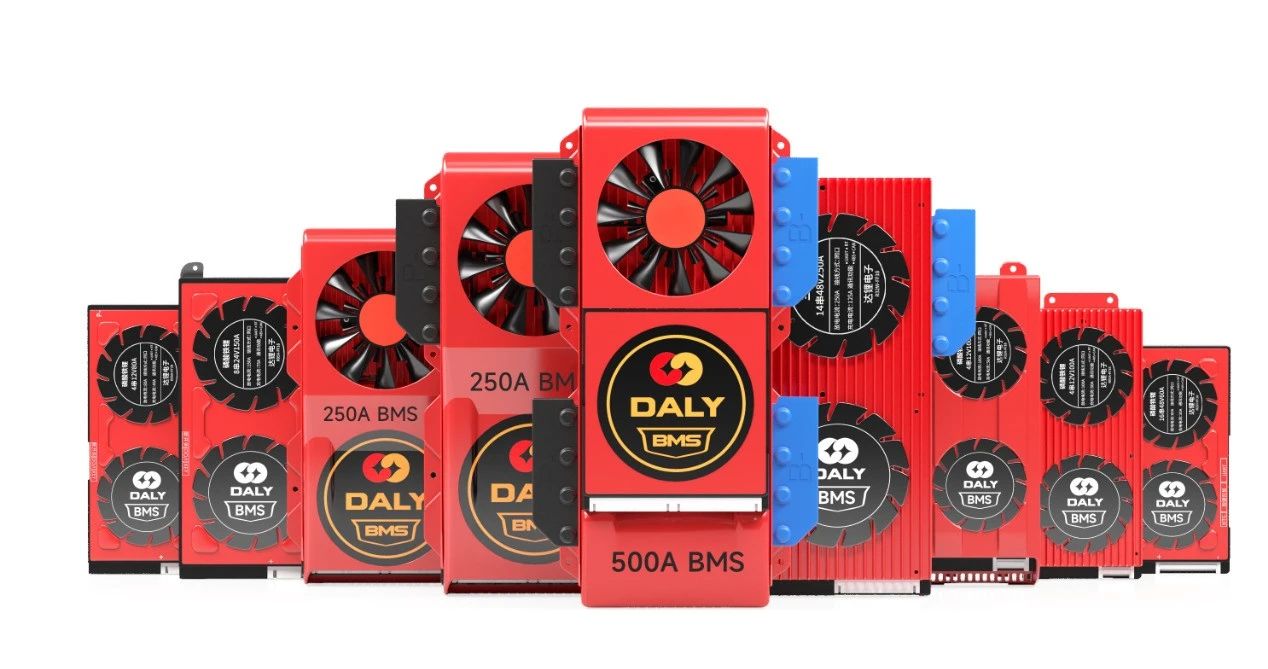Lithium battery materials have certain characteristics that prevent them from being overcharged, over-discharged, over-current, short-circuited, and charged and discharged at ultra-high and low temperatures. Therefore, the lithium battery pack will always be accompanied by a delicate BMS. BMS refers to the Battery Management System battery. Management system, also called protection board.

BMS function
(1) Perception and measurement Measurement is to sense the status of the battery
This is the basic function of BMS, including the measurement and calculation of some indicator parameters, including voltage, current, temperature, power, SOC (state of charge), SOH (state of health), SOP (state of power), SOE (state of energy).
SOC can be generally understood as how much power is left in the battery, and its value is between 0-100%. This is the most important parameter in the BMS; SOH refers to the health status of the battery (or the degree of battery deterioration), which is the actual capacity of the current battery. Compared with the rated capacity, when the SOH is lower than 80%, the battery cannot be used in a power environment.
(2) Alarm and protection
When an abnormality occurs in the battery, the BMS can alert the platform to protect the battery and take corresponding measures. At the same time, the abnormal alarm information will be sent to the monitoring and management platform and generate different levels of alarm information.
For example, when the temperature is overheated, the BMS will directly disconnect the charge and discharge circuit, perform overheat protection, and send an alarm to the background.
Lithium batteries will mainly issue warnings for the following issues:
Overcharge: single unit over-voltage, total voltage over-voltage, charging over-current;
Over-discharge: single unit under-voltage, total voltage under-voltage, discharge over-current;
Temperature: The battery core temperature is too high, the ambient temperature is too high, the MOS temperature is too high, the battery core temperature is too low, and the ambient temperature is too low;
Status: water immersion, collision, inversion, etc.
(3) Balanced management
The need for balanced management arises from the inconsistency in battery production and use.
From a production perspective, each battery has its own life cycle and characteristics. No two batteries are exactly the same. Due to inconsistencies in separators, cathodes, anodes and other materials, the capacities of different batteries cannot be completely consistent. For example, the consistency indicators of the voltage difference, internal resistance, etc. of each battery cell that make up a 48V/20AH battery pack vary within a certain range.
From a usage perspective, the electrochemical reaction process can never be consistent during battery charging and discharging. Even if it is the same battery pack, the battery charge and discharge capacity will be different due to different temperatures and collision degrees, resulting in inconsistent battery cell capacities.
Therefore, the battery needs both passive balancing and active balancing. That is to set a pair of thresholds for starting and ending equalization: for example, in a group of batteries, equalization is started when the difference between the extreme value of the cell voltage and the average voltage of the group reaches 50mV, and equalization ends at 5mV.
(4) Communication and positioning
The BMS has a separate communication module, which is responsible for data transmission and battery positioning. It can transmit the relevant data sensed and measured to the operation management platform in real-time.

Post time: Nov-07-2023

 WeChat
WeChat whatsapp
whatsapp